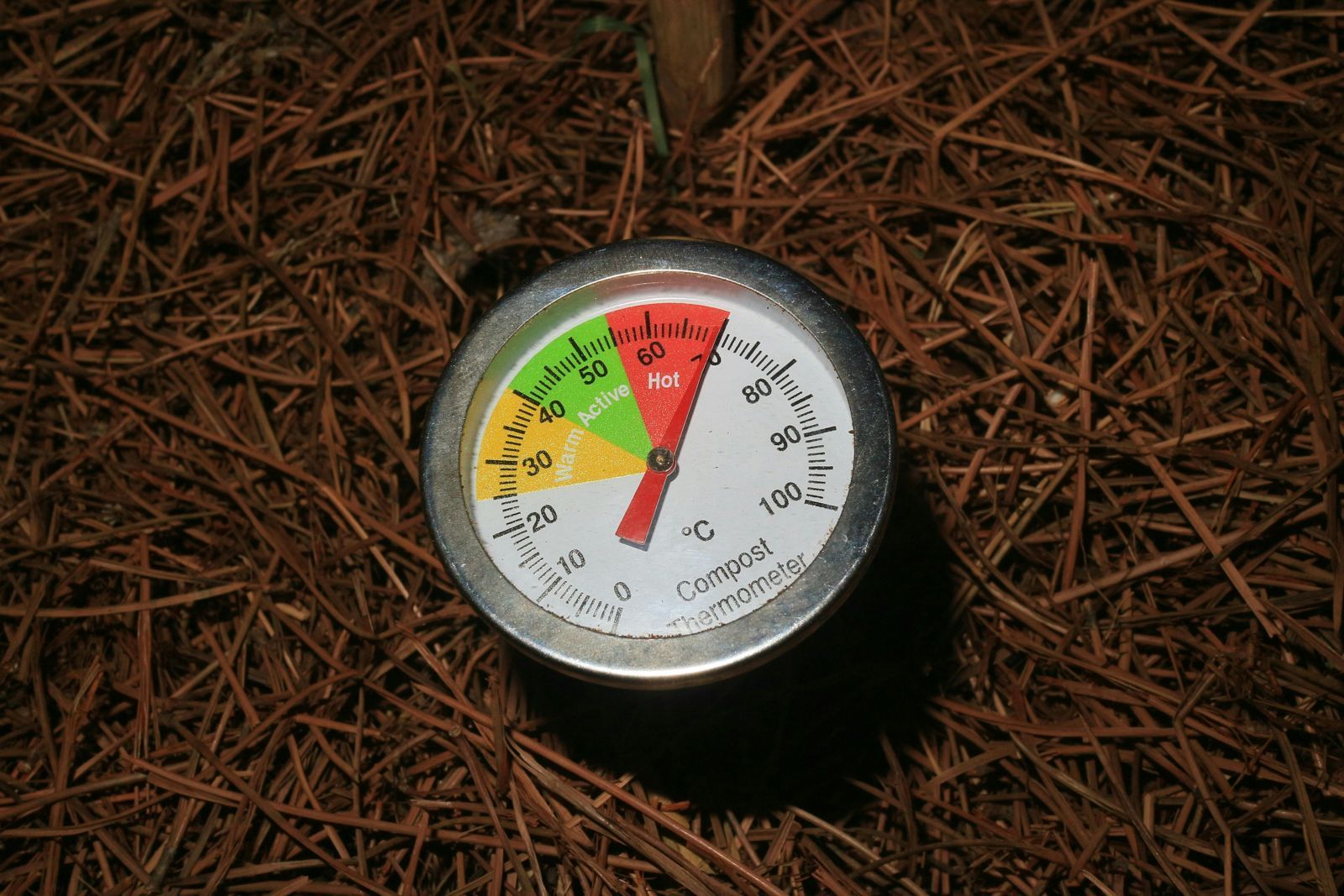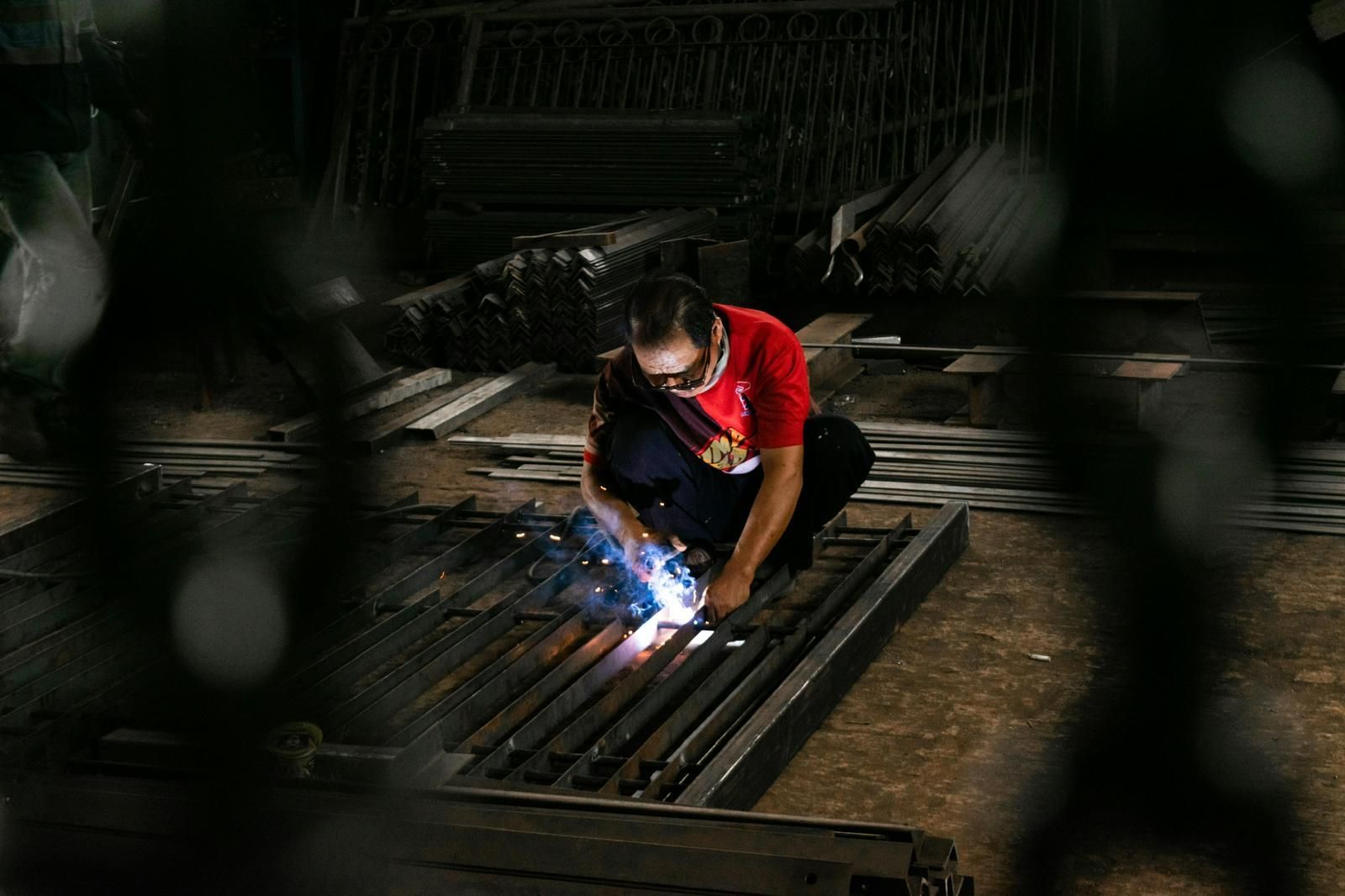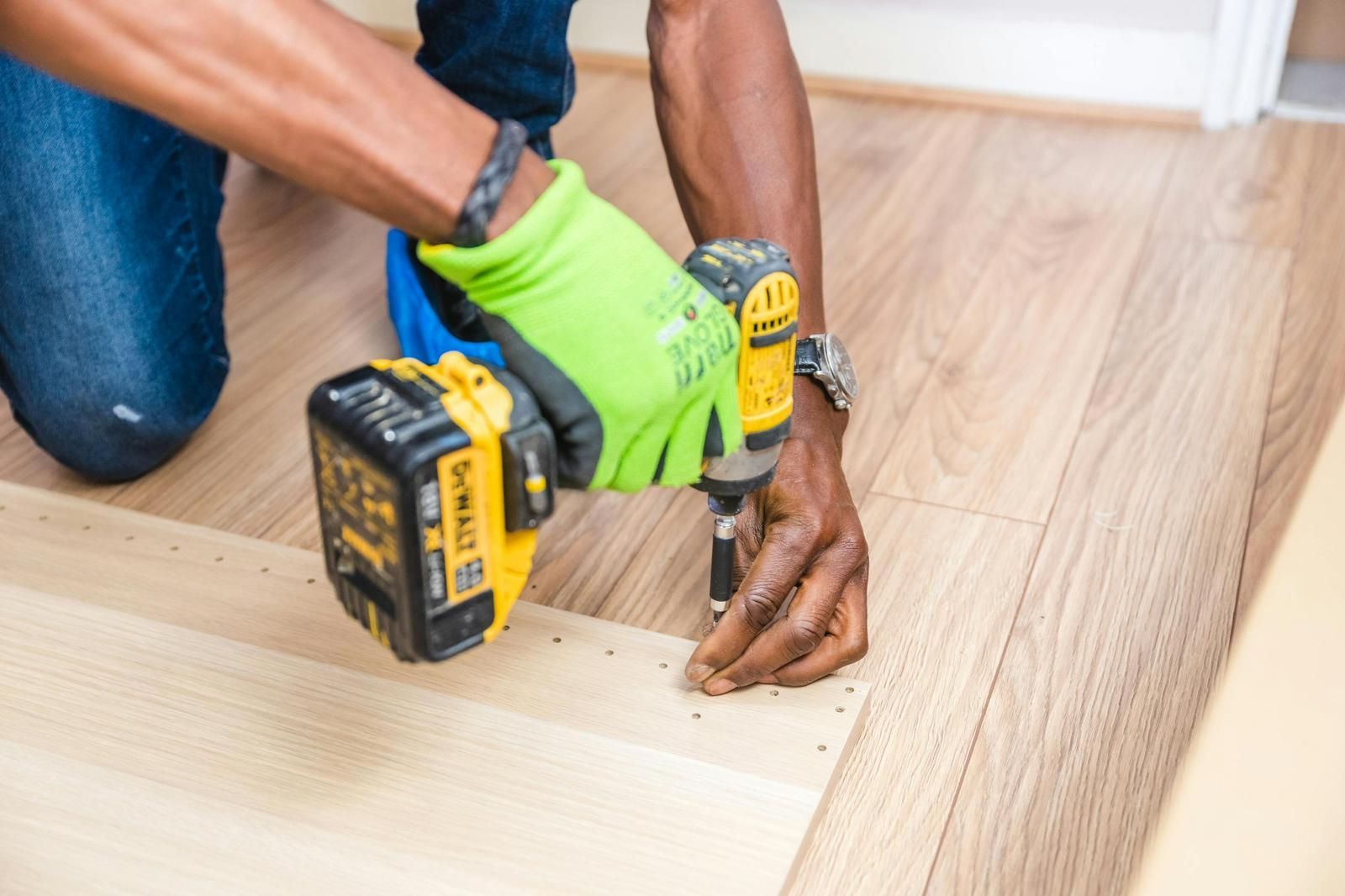How Wind Affects Your Air Source Heat Pump’s Efficiency
The Ideal Partnership
Combining
air-source heat pumps with
underfloor heating creates a truly effective solution when creating an efficient, comfortable home heating system. This combination works exceptionally well because both systems are designed to operate at lower temperatures than traditional heating methods.
Air source heat pumps extract heat from the outside air and transfer it indoors, while
underfloor heating distributes this warmth evenly throughout the space from the ground up.
Energy Efficiency Benefits
The pairing of these technologies offers substantial energy savings.
Air source heat pumps can produce up to three times more heat energy than the electrical energy they consume. The heat pump works less intensively when connected to
underfloor heating, which typically operates at temperatures between 35-45°C (compared to radiators at 65-75°C). This lower temperature requirement leads to higher efficiency and reduced operating costs for homeowners.
Superior Comfort
Underfloor heating provides consistent warmth across the entire floor surface, eliminating cold spots and creating a comfortable environment. Unlike radiators, which heat the air directly around them,
underfloor heating gently warms the entire room from the floor upward. This aligns perfectly with the steady, reliable heat produced by
air-source heat pumps.
Practical Considerations
Though retrofit options are available, installing this combination is best during new construction or significant renovations.
The initial investment may be higher than traditional systems, but the reduced running costs typically deliver a positive return over time. Proper insulation is essential for optimal performance to prevent heat loss and maximise the efficiency of both systems.
Future-Ready Heating
As regulations increasingly favour low-carbon heating solutions, the
air source heat pump and
underfloor heating combination represents a forward-thinking choice for modern homes. This system provides reliable, efficient heating while substantially reducing carbon emissions compared to fossil fuel alternatives.
You might also like












